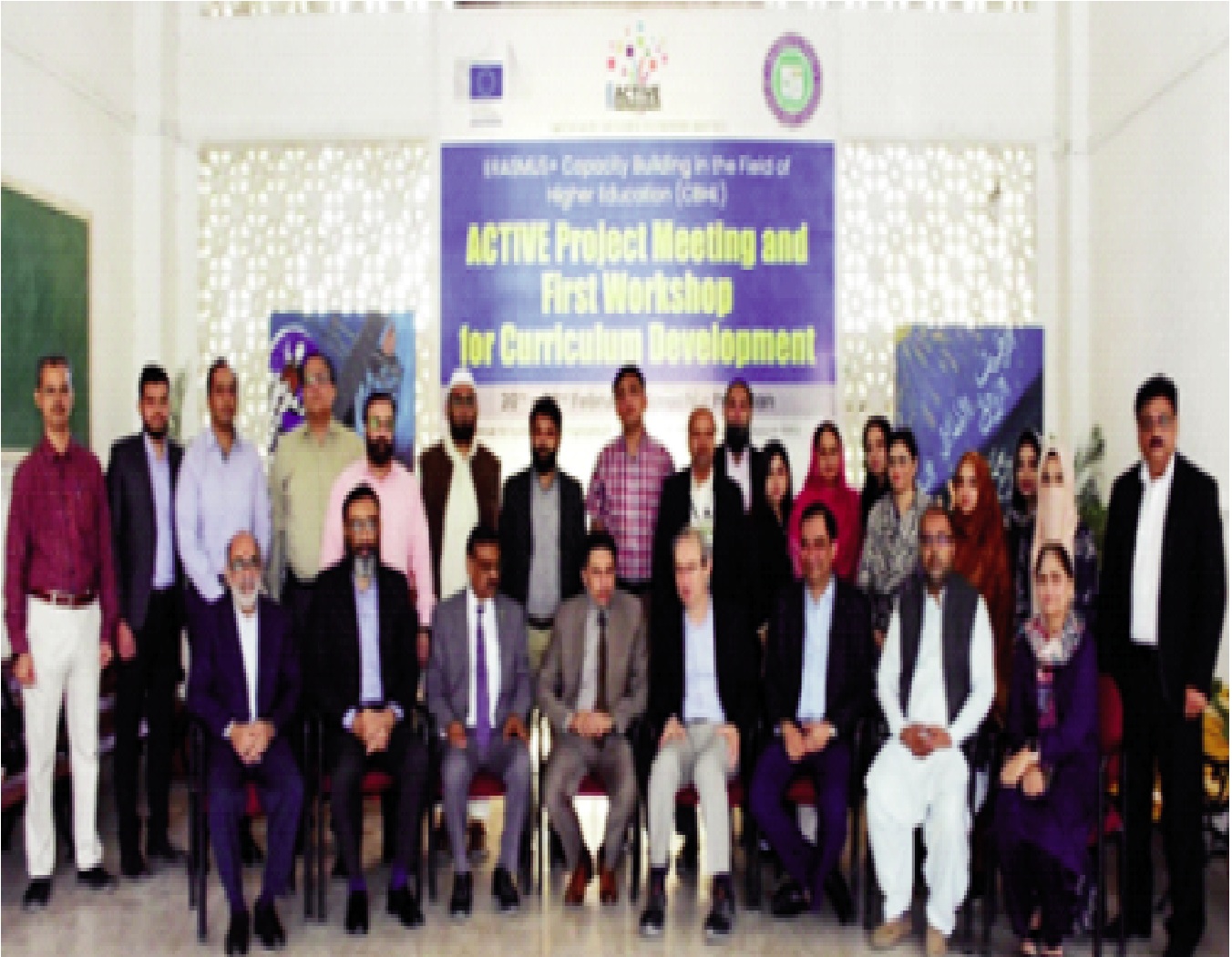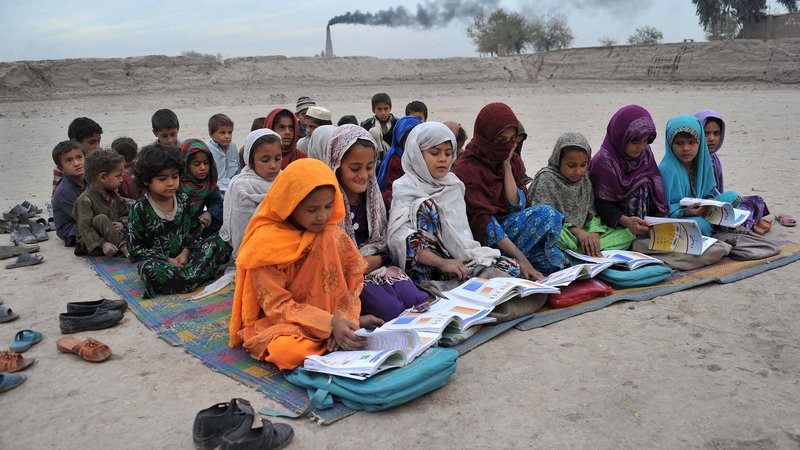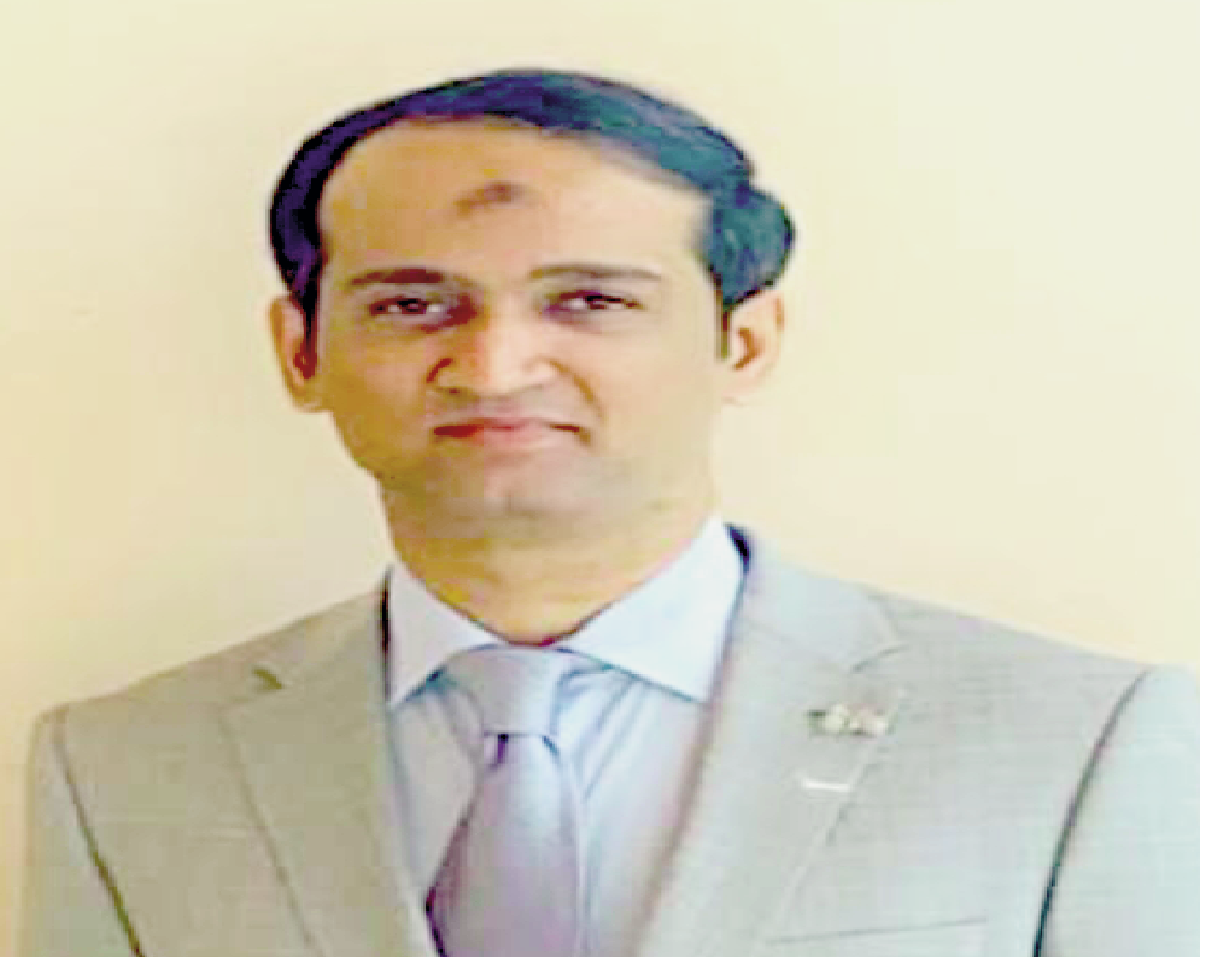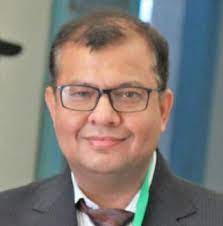Consortium Partners of ACTIVE Climate Action Project meet at SSUET Karachi Addressing climate change resilience, employing ICT to combat issues.
Sir Syed University of Engineering & Technology (SSUET) organized a meeting of the Consortium Partners of ACTIVE Climate Action Project, […]





